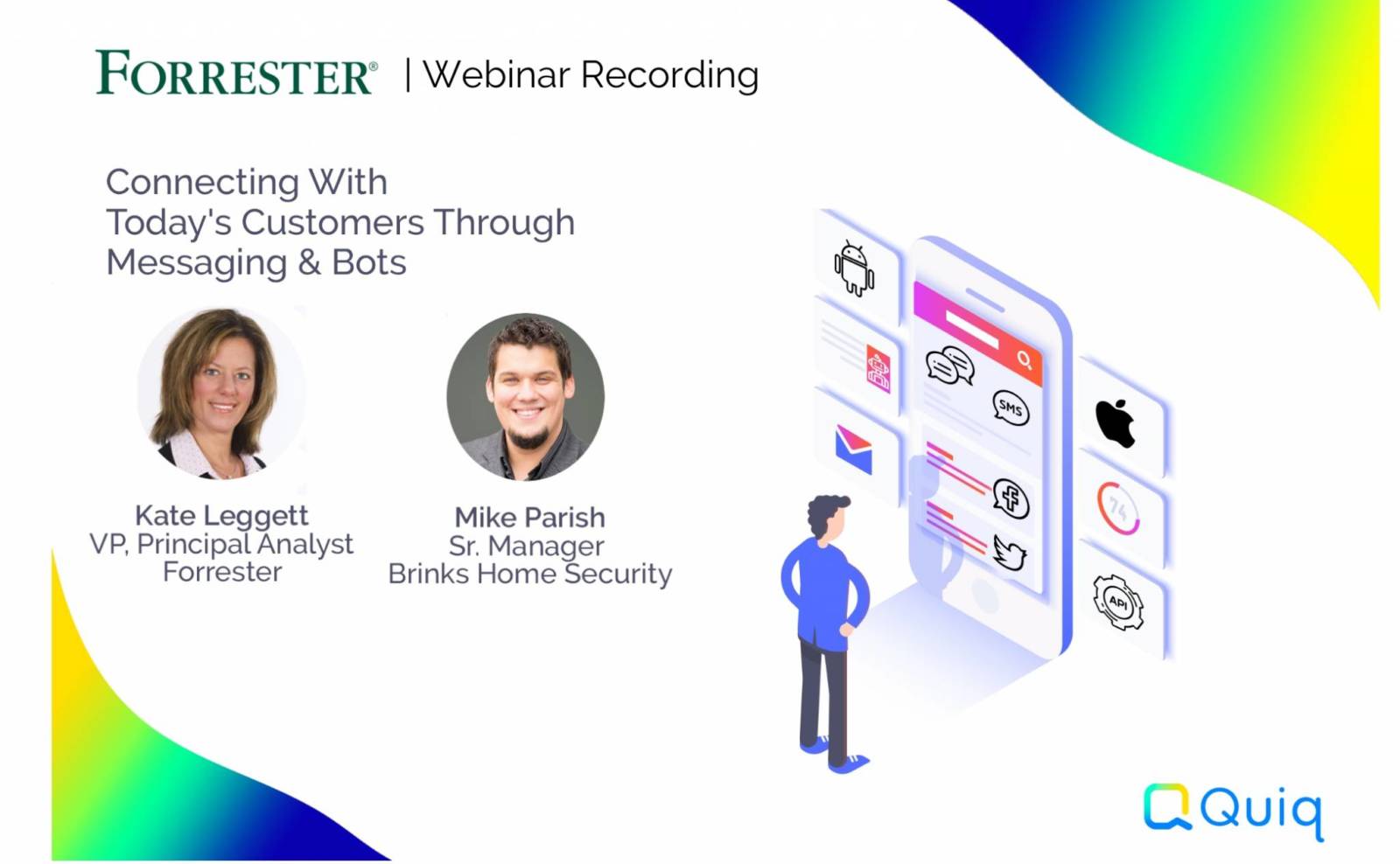While conversion rates are more traditionally tied to eCommerce sites, it’s a metric that every company cares about. A conversion can mean different things for different companies. Websites can measure conversions by the number of visits, form fills, subscriptions or, more commonly the number of sales made. The goal you’re measuring can be a macro goal, like requesting a demo or it could be a micro-conversion such as watching a video. No matter what the conversion is, there’s always one universal thread that binds them all together. Everyone wants more of them.
Your conversion rate is a direct reflection of the number of visitors that find value when they visit your website. For the purpose of this article, we’ll think about a conversion as any action that leads to revenue generation such as a cart checkout or an appointment confirmed. In this article, we’ll share a few customer messaging tips to help you increase your online conversion rate.
Text Messaging Increases Conversions
Driving traffic to your site is only part of the conversion equation. Once you get traffic there, that user will either bounce from your site or engage in some way. Messaging may not be an obvious way to get more conversions, but it’s proven to be an effective one. Again, we’re seeking to move a site visitor to complete a transaction. There may be some barriers you have to remove for that visitor before they complete the transaction, such as finding the right solution on your site or answering questions about security. Messaging is the vehicle to help you do that.
The average conversion rate across for online retailer is just about 2%. While that may seem shockingly low to some, achieving that number takes some serious effort. Optimizing your site with compelling copy, clear call to actions and easy, logical navigation are critical to hit even the average number of conversions. It’s not unrealistic to achieve conversion rates higher than 2%, but you need to employ ways to get your site visitors engaged with your brand.
Quiq clients have realized an increase in conversions when they’ve implemented messaging. Retail clients, like The Laundress for example, use messaging to provide customers with personalized help to find and purchase the right products. Messaging has allowed their agents to provide the same kind of white-glove service to online customers that visitors to the retailer’s trendy SoHo location have come to expect.
At Quiq, we believe any customer should be able to reach any business via messaging. Why? Because interacting via messaging is the fastest and most convenient way to do business. We’ve also found that messaging encourages customers to re-engage with your brand.
Whether you already have messaging available on your site or are considering opening this up as a channel for your customers, there are a few critical things to keep in mind to make the experience truly beneficial for you and your website visitor. Follow these 7 customer messaging tips to increase conversion rates.
7 Customer Messaging Tips to Increase Conversions
1. Make live chat available right on the homepage
On a sales floor, you don’t let customers suffer in silence. At a trade show, you wouldn’t let prospects just wander aimlessly around the booth. It shouldn’t be hard for customers to reach you on your website. Put out the welcome mat and let customers know that you’re available to answer questions right away.
There are a few asynchronous ways your customers can contact you that sit under the Messaging umbrella. Live chat, SMS, MMS, rich messaging, and social platforms like Twitter and Facebook all present opportunities for you to connect, engage, and convert. All of these channels can be easily managed with the Quiq platform.
2. Make text messaging just as easy
If you’ve ever tried live chat on a mobile phone you know that the experience is less than ideal. Considering the number of purchase decisions that begin with and end with search on a mobile phone, it would be wise to make sure your mobile experience rival that of your desktop experience.
While chat may be the answer for desktop customer messaging, it can be clumsy and cumbersome on a mobile device. Instead, enable a “Text Us” option on your mobile optimized site so that your customer can communicate via their native messaging app. Most traditional chat experiences require both agent and customer to maintain a constant presence on chat, otherwise the chat “times out” and closes itself automatically. Because Quiq’s chat and messaging channels are all asynchronous, the conversation is never closed and it never ends. This allows your customer to send and respond to messages when it’s convenient for them.
3. Use inviting imagery
Since we’re visual creatures by nature, the use of well lit, clear images will keep customers engaged in the conversation and provide more context around the conversation. For retailers, this could be just the right enticement for customers to explore more product lines.
Modern messaging apps allow sharing of hi-res images, videos, links, PDFs, and gifs. Include attractive images of products, videos of client testimonies, or even fun emojis depending on the conversation to add that personal touch.
4. Add an element of interactivity
No one likes a one-sided conversation where one side is talking and the other side may, or may not, be listening. People and your customers want to be heard. It is critical to ensure there are open, two-way channels to support this requirement. Some communication channels, like email may feel like you were “talking at” your customers, modern messaging apps, like Apple Business Chat and Google RCS helps you “talk with” your customers.
These messaging platforms, allow consumers to easily interact with rich cards. Now consumers can choose from a list of available times to schedule an appointment or select the color of an item from a list products – all within a messaging conversation with just a few taps.
5. Give an approximate time for a reply
Every channel has certain expectations that come with it. The same goes with messaging. Customers expect ease, convenience and timeliness. If a successful promo or other event spikes your wait times on the messaging channel, let your customers know how long they can expect to wait.
Couple their approximate wait time with a message such as “Our wait times are longer than expected due to our successful winter sale”. This seemingly small tweak not only notifies your customers how long they may wait, but also provides some social proof that affirms your brand. As we’ve come to understand, social proof, like referrals or online reviews can help online conversions.
6. Provide multiple options for communication
Contact center leadership may cringe at the thought of having to manage multiple contact points simultaneously. Omni-channel communications can sound daunting but Quiq Messaging makes it manageable.
You never know where a prospective buyer may see you. An intriguing Tweet, an irresistible photo on Facebook, or a search on Siri could prompt a prospect to reach out to you. With Quiq, you can easily manage every conversation that comes in via text, live chat, app, social profiles, or searches on Google and Apple.
7. Have a real person available to assist with questions
Consumers are turning to messaging because they’ve exhausted their patience on FAQ pages and with email, and they simply don’t want to call for help just to wade through a confusing IVR system to talk to a live agent. They want answers, and they want them now.
Quiq clients have found success in using technology such as chatbots to gather information prior to handing the conversation over to a live agent. The main objective is supporting the agent with enough information to help your customer faster. Use automation to enhance the human touch, not replace it.
Increasing conversion rates, no matter what that may mean for your site is about getting visitors engaged. While messaging have proven over and over again to be the friction-free way for customers to get post-sales service, we’re seeing more evidence everyday that proves it is also providing the pre-sales support that increases conversions.





















 Lessons Learned
Lessons Learned






